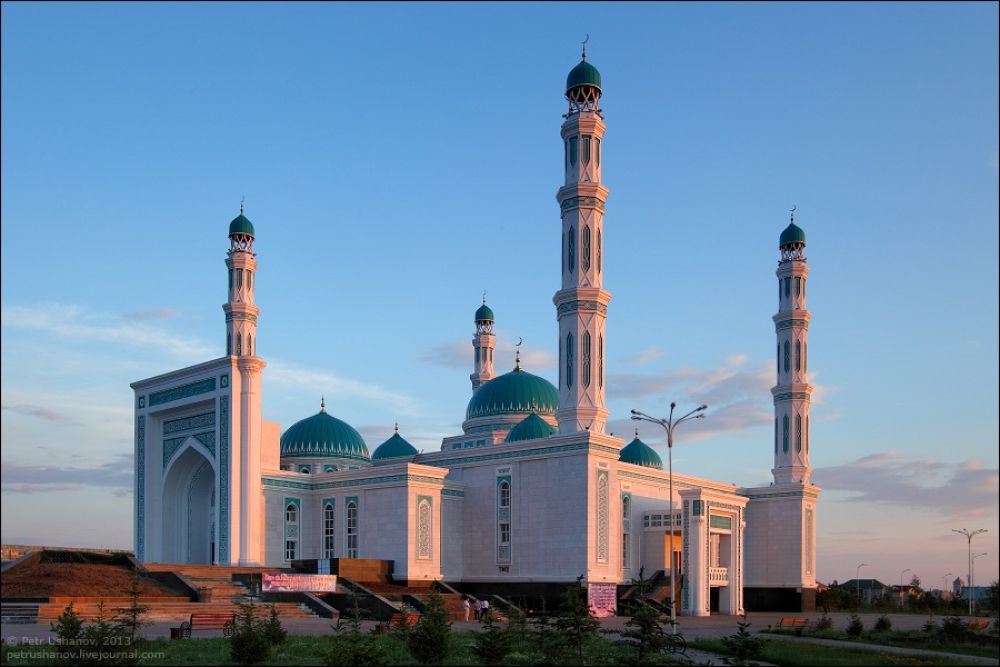Karaganda, also known as Qaraghandy, is the largest city in Kazakhstan after Almaty and Nur-Sultan, located in the Karaganda Region in Central Kazakhstan. It was founded in the late 19th century as a mining settlement, and its growth has historically been linked with the exploitation and processing of the vast coal reserves in the surrounding Karaganda coal basin. Today, the city remains an important industrial hub, particularly for coal mining and metallurgy. Karaganda is known for its unique culture, influenced by the diverse ethnic groups that have settled in the region, including Russians, Ukrainians, and Germans, among others. The city features several historical and cultural sites, including the Karaganda Ecological Museum, the Central Park of Culture and Rest named after the First Five-Year Plan, and the Cathedral of the Blessed Virgin Mary of Fatima. It also houses a regional philharmonic society, theatres, and a university. The local climate is continental, with cold winters and hot summers, and the city serves as an important transportation linkage within Kazakhstan.

